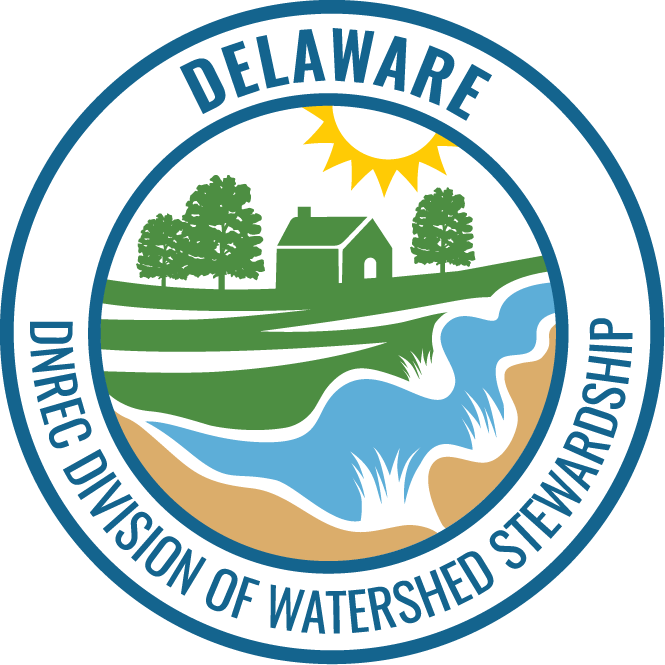
Facebook Twitter Instagram YouTube
Written on: July 13th, 2022 in Education and Outreach, Wetland Animals
By Laurel Sullivan, DNREC’s Delaware Coastal Programs Attention! Calling all birders, experienced and newbies- the Delaware National Estuarine Research Reserve (DNERR) has a Big Year challenge for you! A Big Year is a challenge birdwatchers set for themselves to see or hear as many birds and bird species as possible within a single year. This […]
Written on: May 25th, 2022 in Wetland Animals, Wetland Research
By Kayla Clauson, DNREC’s Watershed Assessment and Management Section Wildlife cameras are a tool scientists can use to collect wildlife field data. Often, scientists go out in the field and conduct monitoring that gather similar data but are restricted because they only get a small snapshot of their target observations. For example, a field crew […]
Written on: March 17th, 2022 in Wetland Animals
By Alison Rogerson, DNREC’s Wetland Monitoring and Assessment Program Early on a rainy but relatively warm February morning, while most people were still snuggled under the blankets, two biologists from DNREC Fish & Wildlife wade through a wetland pond in Blackbird State Forest. Their chest waders and raincoat keep them dry. Their headlamp helps them […]
Written on: March 14th, 2022 in Education and Outreach, Wetland Animals
By Kayla Clauson, DNREC’s Watershed Assessment and Management Section If you’ve followed the WMAP blog for some time, there is no lack of evidence how important salt marshes and other wetlands are. Here, I will dive deeper on salt marsh ecology with a focus on the low marsh zone. First, here are some important fast […]
Written on: September 8th, 2021 in Education and Outreach, Wetland Animals
By Kayla Clauson, DNREC’s Watershed Assessment and Management Section If you’re anything like me and always looking for an adventure, maybe you should check out a tidal salt marsh! I’ll admit – I am slightly biased towards salt marshes due to my professional background, but I’ve exposed many individuals to the wonders of a salt […]
Written on: May 17th, 2021 in Education and Outreach
By Olivia McDonald, DNREC’s Wetland Monitoring and Assessment Program Happy American Wetlands Month! During the month of May we celebrate the incredible importance of wetlands to the environment and humans alike. Wetlands are ranked as one of Earth’s most productive ecosystems, supporting an incredible amount of biodiversity, and are considered a nature-based solution to climate […]
Written on: December 9th, 2020 in Education and Outreach
By Kate Fleming, Delaware Sea Grant When crab pots* are lost or abandoned at sea, they remain in the water, free to continue to capture blue crabs as they are designed to do. They can also capture other animals like diamondback terrapin and summer flounder. Since derelict crab pots are not tended by anyone, the […]
Written on: May 13th, 2020 in Education and Outreach, Living Shorelines, Wetland Restoration
At first glance, an oyster appears to be little more than, well, a bit of goo inside a rock. But actually, the humble oyster is an environmental warrior with an impressive bag of tricks up its sleeve, and it serves as a keystone species upon which depends the health of a marine ecosystem and the surrounding marsh.
Written on: May 14th, 2019 in Wetland Animals
By Clare Sevcik, DNREC’s Nonpoint Source Program There are so many charismatic animals that make Delaware waterways their home. Most people living in Delaware can easily recognize a few of the most popular species: bald eagles, osprey, blue crabs, horseshoe crabs, beavers, river otters, and many more. But there are many more animals living below […]
Written on: May 8th, 2019 in Wetland Animals
By Erin Dorset, DNREC’s Wetland Monitoring and Assessment Program Birding is always exciting in Delaware. While some bird species are year-round residents, many others are migrants traveling along the Atlantic Flyway. This keeps things interesting, as it allows birders to see a very wide variety of species throughout the year. A lot of these awesome […]